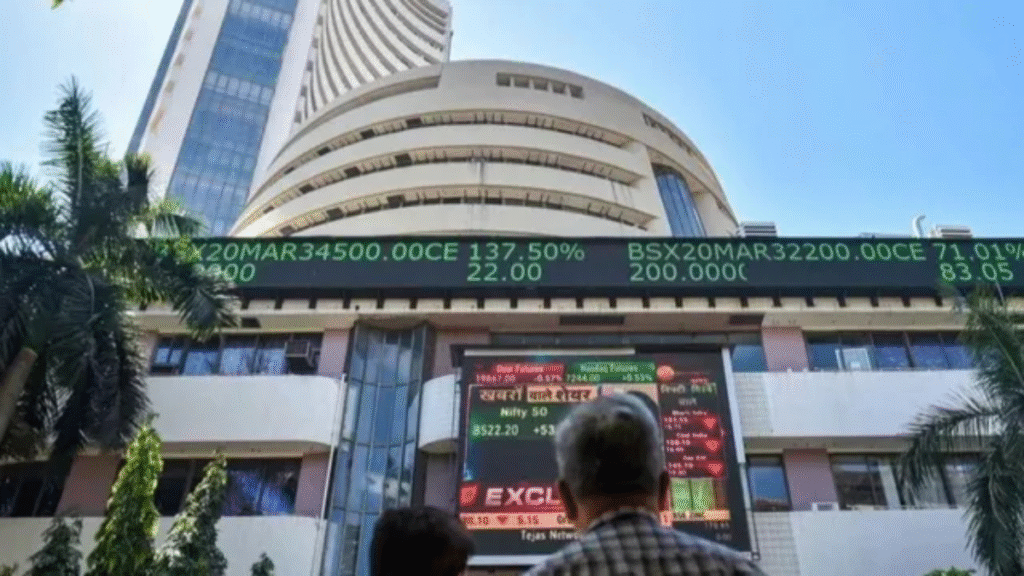Now Reading: Gold’s Record Rally Faces First Major Test as US Inflation Data Looms
-
01
Gold’s Record Rally Faces First Major Test as US Inflation Data Looms
Gold’s Record Rally Faces First Major Test as US Inflation Data Looms

The relentless nine-week winning streak for gold, which propelled the precious metal to successive all-time highs, is poised to come to an end this week. After an extraordinary run fueled by global uncertainty and aggressive rate-cut expectations, the bullion market has entered a significant corrective phase, primarily driven by a confluence of profit-taking, a strengthening US dollar, and easing geopolitical tensions. All eyes are now focused on the imminent release of key US inflation data, a report that will critically test the metal’s immediate trajectory.
The End of an Era: Factors Breaking the Winning Streak
Gold prices have seen a sharp weekly decline, the most significant drop in recent months, signaling a substantial pullback from its record peak. This correction is not simply a random market fluctuation but a reaction to several shifting dynamics:
- Aggressive Profit-Taking: Following months of uninterrupted gains that pushed gold’s valuation into what some analysts called “overbought” territory, institutional investors have moved to lock in profits. This is evidenced by major outflows from gold-backed Exchange Traded Funds (ETFs), recording one of the largest single-day declines in holdings by tonnage in the last five months.
- The Rebounding US Dollar: The dollar index has shown renewed strength, firming up for several sessions. Since gold is priced in the US currency, a stronger dollar makes the metal more expensive for international buyers, consequently dampening demand and applying downward pressure on its price.
- Easing Geopolitical Concerns: Cautious optimism regarding global trade relations has reduced the immediate safe-haven appeal of gold. News of upcoming high-level meetings between US and Chinese leaders, aimed at de-escalating trade tensions, suggests a possible improvement in global risk sentiment. A reduction in such uncertainty naturally directs investment capital away from defensive assets like gold and toward riskier alternatives.
The Looming Inflation Test: US CPI Report
The most immediate and critical test for the gold market is the release of the US Consumer Price Index (CPI) report. This key inflation data, delayed due to the government shutdown, holds significant sway over the outlook for US monetary policy, which in turn dictates gold’s attractiveness.
Why CPI is Crucial for Gold:
- Interest Rate Expectations: Gold is a non-yielding asset, meaning it doesn’t pay interest or dividends. It thrives in an environment of low interest rates because the “opportunity cost” of holding it—the lost interest from other investments—is minimized. Conversely, higher interest rates make yielding assets, like Treasury bonds, more appealing, drawing capital away from gold.
- The Inverse Relationship: Markets have nearly fully priced in expectations for the Federal Reserve to deliver a rate cut at its upcoming meeting, with potentially more to follow. A “tame” or lower-than-expected CPI print would reinforce the case for the Fed to cut rates as anticipated, which would be supportive of gold prices.
- The Downside Risk: However, an “upside surprise” in the inflation data, indicating sticky or accelerating price pressures, could force the Fed to temper its dovish stance, potentially delaying or reducing the number of expected rate cuts. This scenario would likely lead to further dollar strength and a rise in real interest rates, which could be highly detrimental to gold’s price and prolong the current correction.
Outlook: Correction or Reversal?
While the short-term outlook is one of volatility and pressure, market sentiment remains divided on whether this marks a temporary correction or the start of a broader reversal of the long-term uptrend.
- Near-Term Volatility: Traders are in a wait-and-see mode, squaring positions ahead of the CPI data. The coming days will see the gold price highly sensitive to every headline regarding inflation, trade talks, and further geopolitical developments.
- Long-Term Support: Many analysts remain structurally bullish on gold over the medium to long term. The foundational pillars of its multi-month rally—namely sustained central bank buying, deep-seated geopolitical fragmentation across multiple regions, and rising concerns over the stability of the global monetary system (the “debasement trade”)—have not fundamentally changed. Major institutions continue to project highly optimistic long-term price targets, suggesting that the current drop may represent a healthy consolidation phase before the next leg up in its bull cycle.
For investors, the present moment is a decisive juncture. The inflation print will either confirm the market’s expectation of further interest rate cuts, providing a fresh catalyst for gold’s ascent, or it will signal a pause in the bullish narrative, potentially offering a better “buy-the-dip” opportunity for those who missed the earlier rally.










